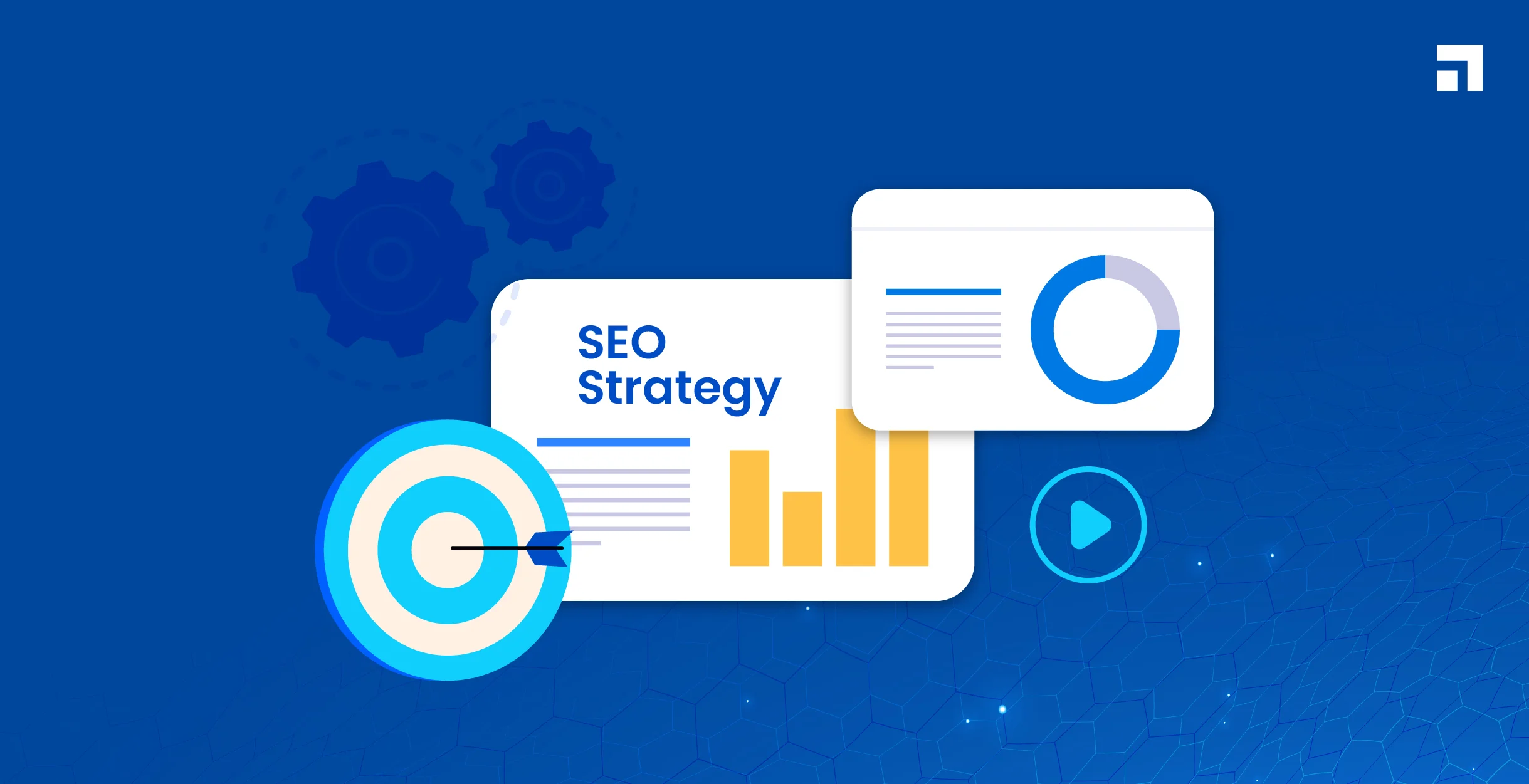
E-Commerce SEO: The Secret Sauce to More Traffic, More Sales, and Less Stress
You’ve set up an online store, stocked it with amazing products, and launched a sleek website. But instead of customers flooding in, your site feels more like a ghost town. Where is everyone? The reality is, without e-commerce SEO, your store is just another drop in the vast ocean of the internet, waiting to be discovered.
SEO isn’t just about ranking high on Google - it’s about making sure your products show up when customers are actively searching for them. Whether they’re looking for “the best noise-canceling headphones” or “affordable hiking backpacks,” you want your store to be front and center. But how do you make that happen?
What Is E-Commerce SEO?
E-commerce SEO is the process of optimizing your online store so search engines like Google can easily find, index, and rank your pages. Unlike general SEO, which focuses on blogs or service-based businesses, e-commerce SEO is all about getting your product pages, category pages, and site architecture in front of the right audience.
Why Does E-Commerce SEO Matter?
Think about how people shop today. They don’t just walk into a store blindly - they Google everything first. From checking product comparisons to reading reviews, search engines play a massive role in buying decisions. If your products aren’t ranking, your competitors are getting those clicks instead. But it’s not just about ranking - it’s about visibility, credibility, and most importantly, conversions. A well-optimized store doesn’t just attract visitors; it turns them into paying customers.
The Business Benefits of E-Commerce SEO
Think of SEO as your store’s built-in matchmaking service - it connects you with the right customers at the perfect moment. No more hoping and praying for random traffic or throwing money at ads that disappear overnight. SEO works behind the scenes to keep your shop visible, your visitors engaged, and your checkout button busy. Plus, it forces your website to be fast, smooth, and frustration-free - because no one has time for a clunky shopping experience. Here’s why that’s a game-changer:
1. Brings in the Right Customers
Instead of hoping the right audience stumbles upon your store, SEO ensures that your products are visible to people actively searching for them. This means higher-quality traffic - people who are already interested in what you’re selling.
2. Boosts Sales Without Relying on Ads
Paid ads can drive traffic, but they disappear the second you stop paying. SEO, on the other hand, builds long-term visibility, bringing in steady traffic month after month. It’s like planting a tree - nurture it, and it will keep growing.
3. Creates a Better Shopping Experience
A big part of SEO is about making your website faster, more user-friendly, and easier to navigate. A slow, cluttered site with confusing menus won’t just hurt your search rankings - it will drive customers away. SEO forces you to fine-tune your website, ensuring shoppers have a smooth, enjoyable experience.
Key SEO Strategies for E-Commerce Success
SEO isn’t magic, but when done right, it sure feels like it. It’s what helps your store climb the search rankings, attract the right shoppers, and turn casual browsers into loyal customers. But it’s not just about sprinkling keywords everywhere and hoping for the best—there’s a strategy to it. From choosing the right search terms to fine-tuning your site’s speed and structure, every little tweak adds up to big results. Let’s break down the key moves that will make your store a search engine superstar.
1. Keyword Research: Finding What People Are Searching For
Let’s get one thing straight: people don’t search the way you think they do. You might describe your product as “premium sound wireless headphones,” but customers might just be searching for “best Bluetooth headphones.”
Keyword research helps you find the exact words and phrases your customers are using so you can optimize your pages accordingly.
2. On-Page Optimization: Making Every Page Count
Every product page is a potential landing page, which means it needs to be optimized to not only rank but also convert. That starts with descriptive, keyword-rich product titles, engaging descriptions that highlight benefits (not just specs), and high-quality images with ALT text to improve search indexing. Adding customer reviews doesn’t just build trust—it also enhances SEO, since fresh, user-generated content signals relevance to search engines.
Category pages also deserve attention. Many online stores treat them as simple collections, but a well-optimized category page with a compelling description, internal links, and strategic keyword placement can become a powerhouse for organic traffic.
3. Technical SEO: Ensuring Search Engines (and Shoppers) Love Your Site
Technical SEO might not sound exciting, but it’s the unsung hero of e-commerce success. A slow website is a deal-breaker—no one’s waiting 10 seconds for a page to load. Compressing images, enabling caching, and cleaning up unnecessary scripts can make a big difference in speed.
Since more than half of online shopping happens on mobile, having a mobile-friendly design isn’t just important—it’s essential. Structured data (also known as schema markup) is another must-have. It helps search engines understand your product details, so things like pricing, availability, and star ratings show up directly in search results. And of course, keeping your site free of broken links and outdated redirects ensures a smooth shopping experience.
4. Off-Page SEO: Building Authority and Trust
You can optimize your site all day, but Google also wants to see that other people vouch for you. That’s where off-page SEO comes in.
Backlinks from well-known sites—whether from guest blogging, influencer partnerships, or getting featured in industry publications—help prove your store’s credibility. And don’t sleep on social signals! While Google doesn’t directly count social media for rankings, a viral TikTok or Instagram post can drive massive organic traffic. The more traffic and engagement you get, the more Google takes notice.
Ongoing SEO: Why It’s a Marathon, Not a Sprint
SEO isn’t a “set it and forget it” deal. Google updates its algorithm constantly, competitors step up their game, and search trends change. If you’re not
consistently optimizing, you’re falling behind.
Keeping your SEO fresh means updating product descriptions, adding blog content and buying guides, and tracking performance using Google Analytics and Search Console. Even small tweaks can make a huge difference in rankings.
Let's Wrap This Up
E-commerce SEO isn’t just about getting more traffic—it’s about getting the right traffic and turning visitors into buyers.
From keyword research and technical fixes to content marketing and link building, every step strengthens your store’s foundation for long-term success.
If your store isn’t ranking where it should be, it’s time to fix that.
Contact our team today to build an SEO strategy that puts your products in front of the right customers—consistently, effectively, and without relying on endless ad spend. Let’s turn your online store into the go-to destination shoppers can’t resist.



